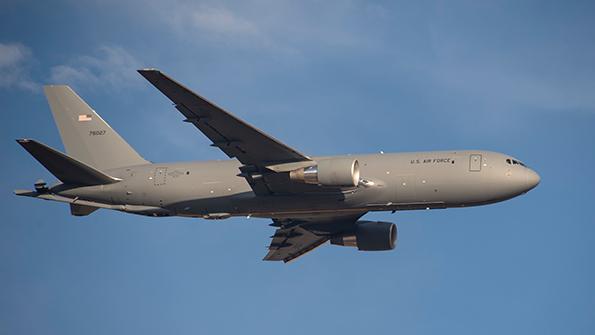
Ask the Editors: The Aviation Week Network invites our readers to submit questions to our editors and analysts. We’ll answer them, and if we can’t we’ll reach out to our wide network of experts for advice.
Has the U.S. military equipped itself for ADS-B? Does it need to?
Senior Business and Commercial Aviation Editor Bill Carey responds:
U.S. military and government aircraft flying in domestic-controlled airspace are subject to the FAA’s automatic dependent surveillance-broadcast (ADS-B) Out mandate, although certain exemptions apply.
The U.S. military operates more than 13,000 manned aircraft across the Air Force, Army, Navy, Marine Corps and Special Operations Command. The Air Force, the lead service overseeing ADS-B implementation, released plans before the mandate’s Jan. 1, 2020, compliance date. It called for incrementally equipping helicopters, air mobility and air transport; command-and-control and intelligence, surveillance and reconnaissance systems; and training aircraft.
In the fiscal 2019 National Defense Authorization Act, Congress prevented the Transportation Department from enforcing the mandate for fighters, bombers and special-mission aircraft. The FAA in 2019 issued an exception in the form of an interim final rule that allows pilots flying for federal, state and local government agencies to switch off ADS-B transponders during sensitive missions to prevent third parties from tracking their aircraft. The rule described sensitive missions as including combat air patrol, intercept, counter-drug, counterterrorism, VIP transport, homeland-security and border-surveillance operations.





